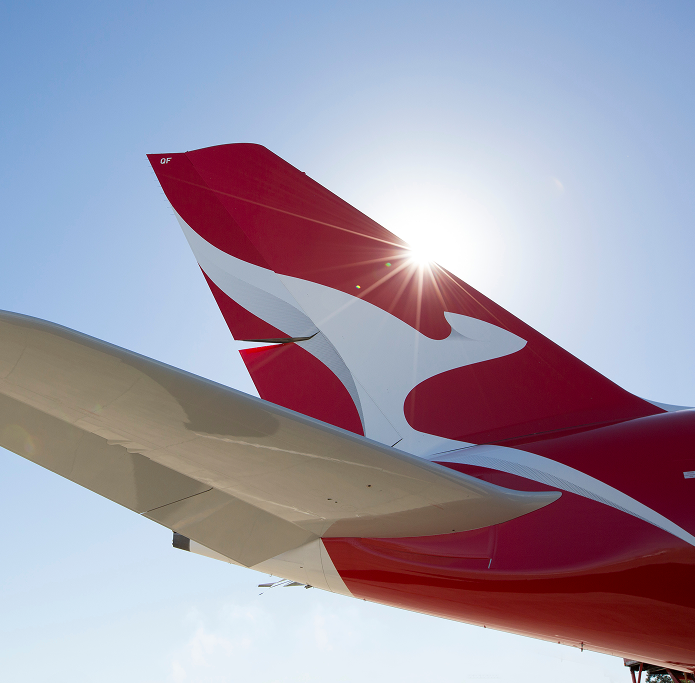Summary
In a win for all parents, new Commonwealth legislation to boost retirement savings by paying super on Government-funded Parental Leave Pay starts from 1 July 2025. Announced as part of the Working for Women strategy, this change marks a major leap forward in closing the gender super gap and growing the financial future of new parents while they take leave to be with their baby.
What this means for new parents
Under the new legislation, any eligible parents with babies born or adopted on or after 1 July 2025 will see an additional contribution to their superannuation fund. This contribution is equivalent to the superannuation guarantee, which is 12% on-top of the Parental Leave Payment.
Previously, parents accessing Government-funded Parental Leave Pay would not receive super on these payments. While some employers with paid parental leave schemes pay super on top, these new laws ensure that parents using Government-funded leave receive the same benefit.
Addressing the gender pay gap
While this legislative change applies to both men and women, it is a significant victory in the effort to close the gender super gap. Women frequently serve as primary caregivers, which often results in them facing the "motherhood penalty" – disparities in super savings due to career breaks taken for caregiving compared to their partner.
When they take parental leave, their super payments stop, causing a significant hole in their savings for retirement. According to a 2023 report by AMP’s Deputy Chief Economist Diana Mousina on the financial literacy gap, Women in Australia retire on smaller superannuation balances than men, with their average superannuation balance at age 60-64 being 21% less than men at the same age – a balance of $406,000 for men compared with $321,000 for women1. By ensuring super is paid on parental leave, this policy helps to mitigate the long-term financial impact of these breaks, promoting greater financial security for them in retirement.
How the superannuation payments will be made
Unlike the standard superannuation guarantee contributions, which are made at least quarterly, these super payments will be made as a lump sum, including an interest component. The payment will be administered by the Australian Taxation Office (ATO) into your super funds and will occur after the end of each financial year in which parental leave was taken. So if you take parental leave in the 2025-26 financial year, the first of these payments will be distributed from 1 July 2026.
How much will parents benefit from this payment?
From 1 July 2025, Australian Paid Parental Leave increases to 120 days (24 weeks) and is paid at a rate of $183.16 per day. Based on the 12% super guarantee, parents on parental leave will receive approximately $2,637.50 in super over the length of their leave, plus interest. For a 30-year-old parent, the compounding interest earned by this extra super could result in a boost of $6,972 by the age of 652.
How else can I top up my super during parental leave?
In addition to the Government's new super contributions on Parental Leave Pay, there are several proactive steps you can take to bolster your super during your time away from work.
You might consider making voluntary after-tax contributions to your super fund, which can be done regularly or as a one-off payment. These contributions can potentially benefit from the government's co-contribution scheme, where eligible individuals on a low income receive extra contributions from the government, enhancing their super balance.
Another approach is for your spouse to make contributions into your super while you are on leave. By contributing to your super, not only can they help your retirement savings grow, but your spouse may also benefit from the spouse contributions tax offset.
You may also like
-

How your super can help you stay healthy - AMP More Australians can make up to three years’ worth of non-concessional super contributions in the same financial year, with the government making this option available to individuals up to the age of 75. -

Your guide to superannuation payments on parental leave in 2025 - AMP Discover how changes from 1 July 2025 mean superannuation will be paid with parental leave payments, aiming to close the gender super gap and enhance financial security for all parents. -

7 ways to get ready for tax time before EOFY - AMP The end of financial year on 30 June 2025 is fast approaching so here’s a quick checklist to help you prepare in advance and maximise your tax time benefits.
Important Information
Products in the AMP Super Fund and the Wealth Personal Superannuation and Pension Fund are issued by N. M. Superannuation Proprietary Limited ABN 31 008 428 322 (NM Super), who is part of the AMP group.
AMP Super refers to SignatureSuper® which is issued by NM Super and is part of the AMP Super Fund (the Fund) ABN 78 421 957 449. ® SignatureSuper is a registered trademark of AMP Limited ABN 49 079 354 519.
Any advice and information is general in nature. It hasn’t taken your financial or personal circumstances into account. Taxation issues are complex. You should seek professional advice before deciding to act on any information in this article.
It’s important to consider your particular circumstances and read the relevant Product Disclosure Statement, Target Market Determination or Terms and Conditions, available from AMP at amp.com.au, or by calling 131 267, before deciding what’s right for you. The super coaching session is a super health check and is provided by AWM Services and is general advice only. It does not consider your personal circumstances.
You can read our Financial Services Guide online for information about our services, including the fees and other benefits that AMP companies and their representatives may receive in relation to products and services provided to you. You can also ask us for a hardcopy. All information on this website is subject to change without notice. AWM Services is part of the AMP group.
1 Addressing Australians’ financial literacy and the gender literacy gap; July 2023; AMP
2 5.90% return on growth (85% growth) option - this is superannuation return after tax and investment fee. No insurance cost is taken into account. No advice fees are taken into account. Government co-contribution and low income super tax offset are not taken into account. Results are shown in today's dollars, which means they are adjusted for inflation of 3.0%.







